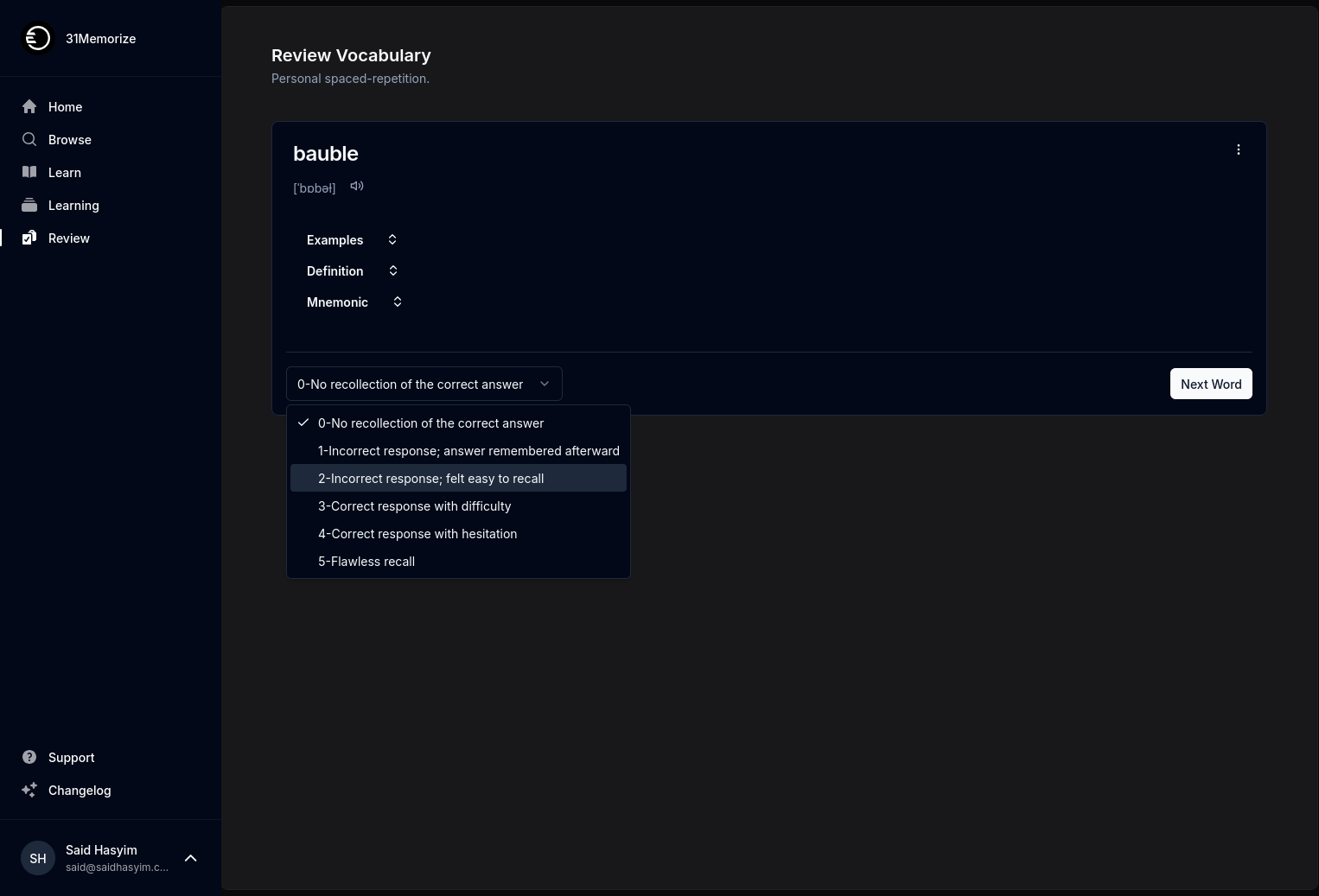Crafting Success: The Value of Ratings Tracking
In today's fast-paced digital landscape, where consumer choices are abundant and information is at our fingertips, businesses face both remarkable opportunities and daunting challenges. Among these challenges is the need to stand out in a crowded marketplace. One key strategy that has emerged as a game-changer is ratings tracking. Whether you're a small business owner, a marketing professional, or an entrepreneur, understanding the value of ratings tracking can significantly impact your success.
What is Ratings Tracking?
At its core, ratings tracking involves monitoring and analyzing the reviews, ratings, and feedback associated with a product, service, or brand. This process not only helps businesses gauge customer satisfaction but also offers insights into consumer behavior, market trends, and areas for improvement. By crafting a strategy around ratings tracking, companies can turn customer feedback into a powerful tool for growth.
Why Ratings Matter
1. Consumer Decision-Making
An overwhelming majority of consumers today rely on online reviews before making a purchase. According to various studies, over 90% of consumers read reviews online before visiting a business or making a purchasing decision. Positive ratings can enhance trust and credibility, while negative ones can dissuade prospective customers. Ratings can essentially be a deciding factor in a consumer's journey, making it imperative for businesses to pay attention to them.
2. Building Reputation
A strong reputation is the lifeblood of any business. Ratings tracking allows companies to maintain and improve their reputations by identifying patterns in customer feedback. Addressing the concerns of unhappy customers promptly can help mitigate potential damage to your brand's image. Moreover, consistently high ratings can serve as a unique selling proposition, attracting new customers and fostering loyalty among existing ones.
3. Identifying Trends and Insights
Ratings tracking is not just about knowing what customers think—it's about understanding why they think it. Through the analysis of ratings and reviews, businesses can uncover insights into customer preferences, industry trends, and potential market shifts. For instance, if multiple reviews mention a specific feature, it likely indicates that feature's importance to your consumers. Harnessing such information can guide product development, marketing strategies, and expansion plans.
4. Enhancing Customer Experience
Every piece of feedback is an opportunity for improvement. By regularly monitoring ratings, businesses can quickly respond to customer complaints and suggestions. This reactive approach not only helps in rectifying ongoing issues but also aids in developing a proactive strategy for enhancing customer experience. A company that listens to its customers and takes action based on their feedback is one that has the potential to build lasting relationships.
How to Implement Ratings Tracking
Adopting a ratings tracking system involves several steps:
1. Choose the Right Platforms
Identify the platforms where your customers are most likely to leave reviews. These can range from social media networks to specialized review websites relevant to your industry. Ensure that you consistently monitor and collect ratings from these sources.
2. Centralize Your Data
Use tools or software to centralize and organize ratings and reviews from multiple sources. This helps in having a clear overview of your brand’s performance across different platforms. Centralization not only simplifies the analysis but also aids in identifying trends more effectively.
3. Set a Regular Schedule for Reviews
Establish a routine for reviewing and analyzing feedback. Regularly check and summarize ratings weekly or monthly, depending on your business's size and volume of feedback. This ensures that customer sentiments are understood and responded to promptly.
4. Analyze and Act
Look for patterns and recurring themes in the ratings. Are customers praising a new feature? Are they consistently frustrated with a specific aspect of your service? This analysis should inform your operational and strategic decisions.
5. Engage with Customers
Responding to both positive and negative reviews demonstrates that you value customer feedback. Engaging with customers can help resolve issues, clarify misunderstandings, and show appreciation for positive feedback. Active engagement can transform critics into loyal advocates for your brand.
6. Celebrate Successes
When your ratings improve, celebrate those wins! Share the good news with your team and acknowledge their efforts. A motivated team that recognizes the impact of their work on customer satisfaction is more likely to continue striving for excellence.
Conclusion
In an era where customer feedback shape perceptions and influence purchasing behavior, neglecting ratings tracking is not an option for businesses striving for success. By understanding and embracing the value of ratings tracking, businesses can unlock vital insights, enhance customer experience, and ultimately cultivate a loyal customer base.
Crafting success through ratings tracking is not just about reacting to feedback; it’s about creating a culture that values the voice of the customer. By actively engaging with and learning from consumers, businesses can navigate the challenges of today’s market with confidence and clarity. Embrace ratings tracking as an essential component of your business strategy, and watch as it transforms the way you connect with your customers and achieve your goals.
